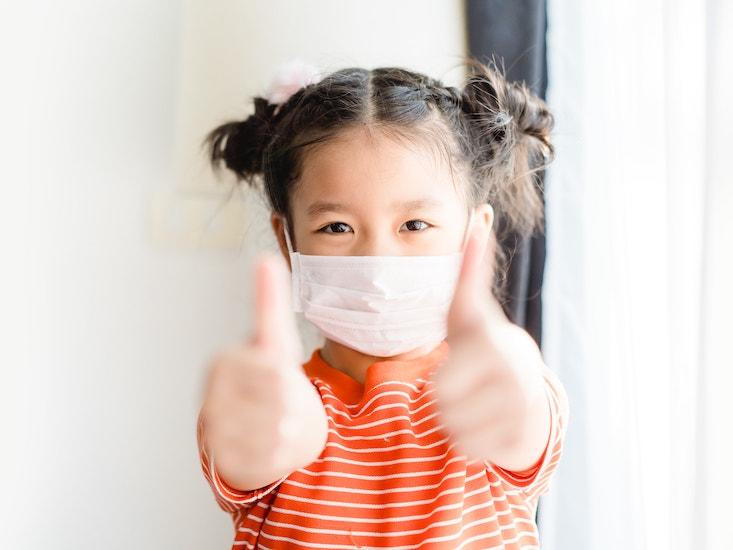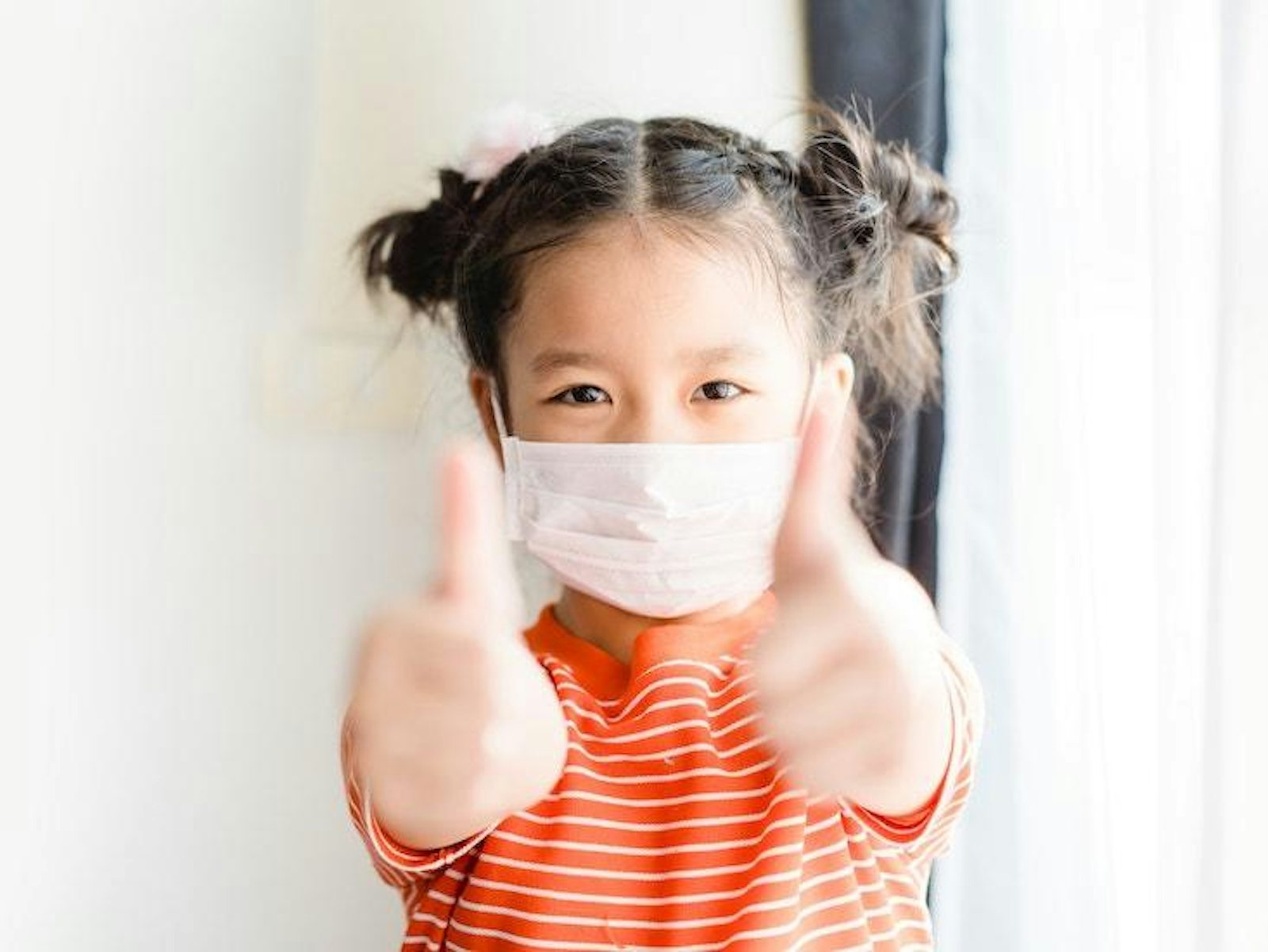
Imagine that every morning your child and her classmates take a COVID-19 test that offers results within a half hour, showing the transmission risk for that day. Those who might infect others stay home. The rest bring a time-stamped photo of their negative result. The tests are so cheap and simple to use that the government could give them to every home in America.
The same scenario holds for people heading to their workplace. If the tests were perfect and widely used, they could quickly squash the epidemic. But even pretty accurate tests will do. Mathematical models predict they could cut transmission by 80 percent or more, long before curative therapies or safe and effective vaccines become available. Some such tests exist now, in prototype form, awaiting Food and Drug Administration approval and funding for mass distribution. Others are still moving forward in the lab. But until recently, policy makers had mostly ignored this approach.
“I was against this before,” the head of testing for a northeastern state told me. “But now I am convinced we have to try it.” This official, who asked not to be identified because of state policy prohibiting public health officials from speaking to journalists, said, “This epidemic has gotten so out of hand we have to try anything and everything, and this has a terrific chance of reducing transmission.”
This is the problem that daily or near-daily testing can solve.
Testing has symbolized the United States’ horrendous response to the pandemic. First came the U.S. refusal to use the World Health Organization’s approved test that succeeded in many other countries. The Centers for Disease Control, as is customary, developed its own test, but a lab error made it useless. As a result, throughout February and March, the virus spread wildly, unmonitored. Testing has certainly ramped up. Some 57 million tests have now been given in the country and the rate now stands at about 2 million a week. Even with those big testing numbers, the CDC estimates, on the basis of random surveillance, that there are ten times as many Americans infected with the novel coronavirus—and capable of infecting others—than we know of.
One major reason for the lag in testing has been our reliance on a test called q-PCR or RT-PCR, a “gold standard” that is usually close to 100 percent accurate. A swab from deep inside the nose goes off to a central lab where automated machinery amplifies the genetic material (RNA in this case) to the point where the machine can detect trace amounts. Since the inception of the pandemic, supply chain disruptions have left shortages of, among other things, the chemicals (reagents) needed to perform the test and swabs to collect material from the nose. A few commercial labs, such as Quest Diagnostics, and some state labs, conduct the majority of the tests and are often swamped. The time it takes to ship the samples to those central labs and back is also a burden—people risk infection as they wait days, sometimes weeks, for results.
Other methods exist to determine whether people are capable of infecting others, including monoclonal antibodies and CRISPR gene-editing techniques to detect viral proteins or bits of nucleic acid. In experimental systems, researchers have attached different sorts of molecules to strips of paper, which can be dipped in a tube of saliva to produce the results of a home test in 30 minutes or less. Such tests exist for other viral diseases, including influenza and strep throat. Why have we focused so much up to now on the PCR testing?
“Testing has been traditionally tied up with doctors and with the traditional way of doing things,” Michael Mina, of the Harvard T.H. Chan School of Public Health and Brigham and Women’s Hospital, told me. “Sure, a doctor may need specific information from a test to treat a patient. But there is no need for the traditional way of testing when you are undertaking surveillance for public health.”
Would developing universal testing, and making it available, require a big government investment? Yes, but far less than the government is pouring into attempts at vaccine development. “Diagnostics have always been underfunded and underappreciated in clinical medicine, with the big money going to therapeutics,” Mina said.
Mina has been one of the major proponents of frequent, rapid at-home testing, co-authoring scientific papers and op-ed pieces on the subject. As for the reliance on the PCR tests, “The definition of insanity is trying the same thing over and over and expecting a different result,” Mina said. “There’s so many new technologies that could be pioneered right now to make rapid, home testing work. Some of them are ready to roll out.”
The National Institutes of Health (N.I.H.) has a program called Rapid Acceleration of Diagnostics (RADx), sometimes dubbed “shark tank,” to accelerate testing. But while the parallel vaccine initiative (warp speed) awarded its first grant on March 30, it was not until July 31 that RADx gave its first grants to seven companies to make better, faster tests. Significantly, every one of the seven requires a doctor’s prescription. None can be purchased in a drug store or are available for home use. And each requires the user to purchase an expensive piece of equipment. Because some of the new tests produce results much faster than the current system, they could be helpful in settings such as nursing homes. But none—at least for now—seem to be heading quickly to the universal at-home tests Mina and others envision.
Michael Wolfson, who heads the N.I.H. RADx program, told me by email, “A few of our awardees are developing clinical studies to demonstrate that self-administered tests can meet the regulatory standards, though we don’t anticipate this happening before the end of the year.”
Knowing rapidly whether someone can transmit the virus is critical because people can infect others for several days before they show any symptoms—if they ever show symptoms at all. This is the problem that daily or near-daily testing can solve. To be sure, there are challenges with at-home testing. Many people will simply refuse to test themselves or their children even if the test is free, harmless, and available at home—after all, some people despise masks and social distancing.
Another potential difficulty is a false positive, which could create an unnecessary scare. If people refuse the test, Mina said, it will not significantly impact the public health benefits of widespread testing. As for the false positives, a second test a day later would clear up any confusion. The kinetics of the virus are such that infected people only infect others for a few hours when their viral load is so low that any decent test could miss the infection.
I asked two medical experts at Yale about universal testing for COVID-19. Ellen Foxman, Assistant Professor of Laboratory Medicine and Immunobiology, said she thinks it is a “terrific idea. But the proof is in the pudding. We should definitely try it starting as a small-scale demonstration project.” Marie-Louise Landry, Professor of Laboratory Medicine and Director of the Clinical Virology Laboratory, said, “There may be situations that detecting strong positives in 15 minutes and cheaply will be more beneficial than sending a sample to a distant lab and waiting days for a result (or no result at all). Something is better than nothing.”
Robert Bazell is an adjunct professor of molecular, cellular, and developmental biology at Yale. For 38 years, he was chief science correspondent for NBC News.






























